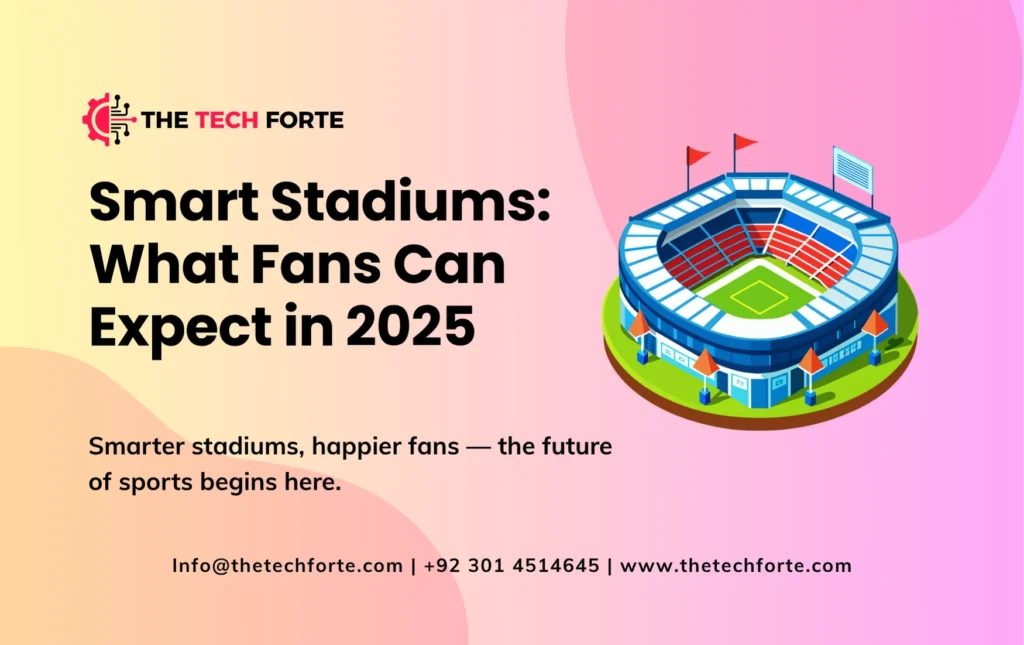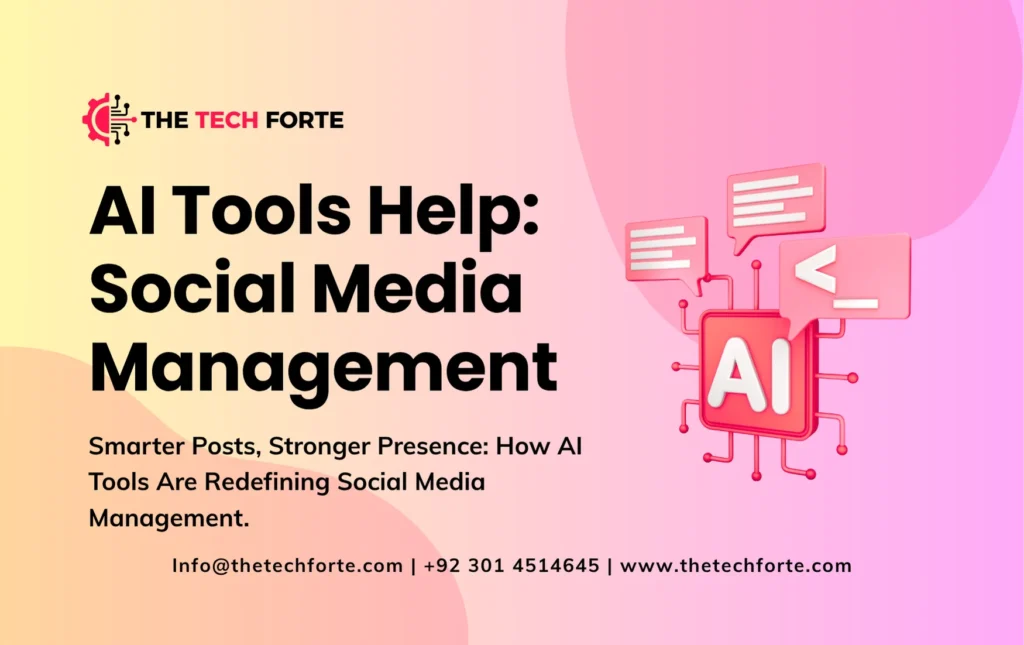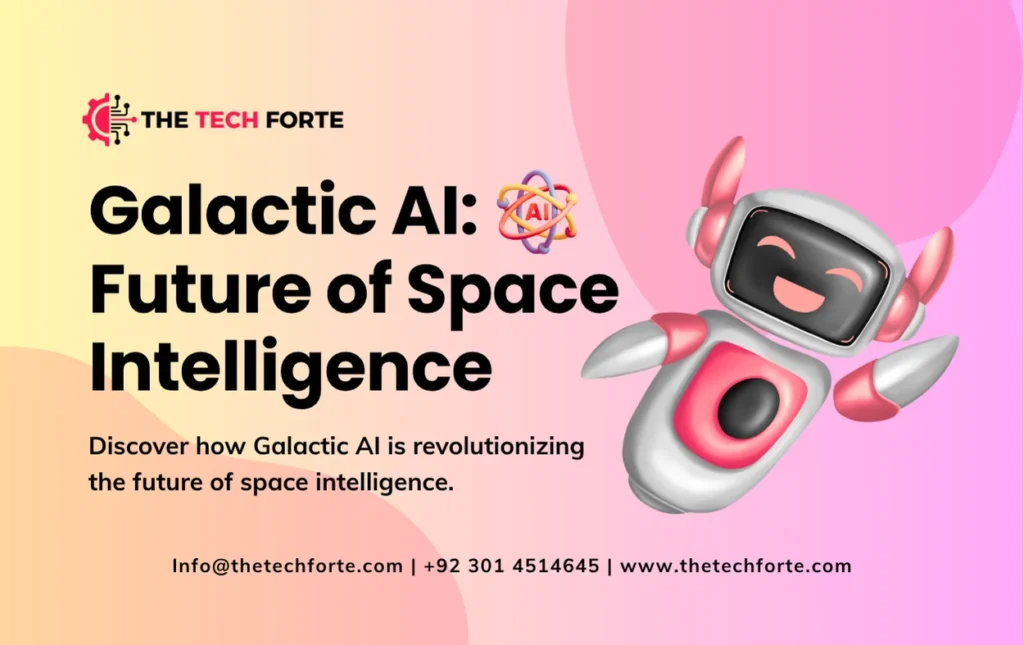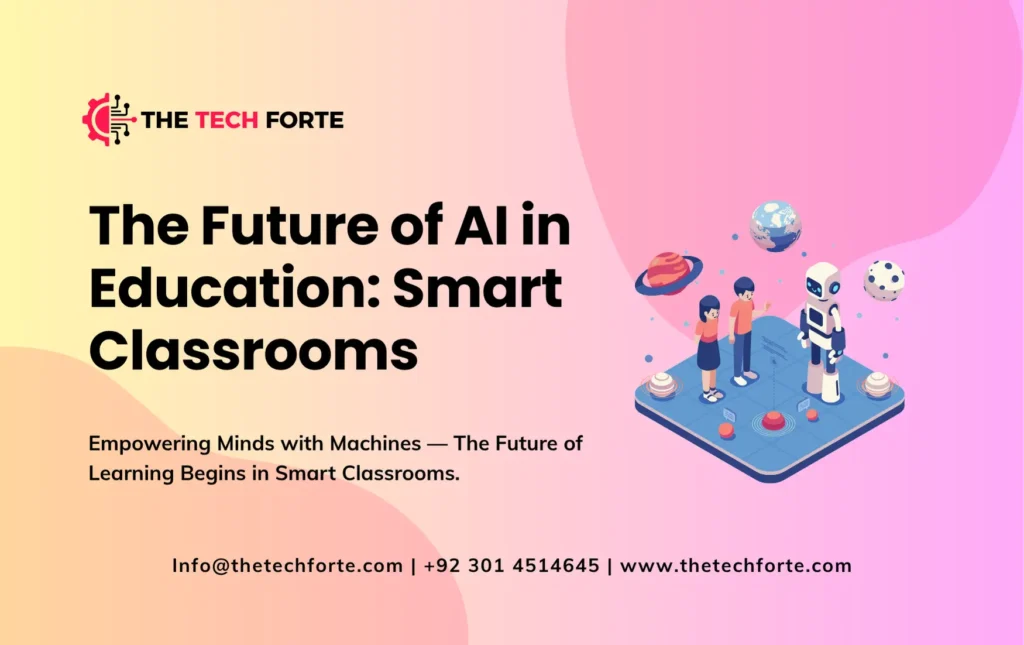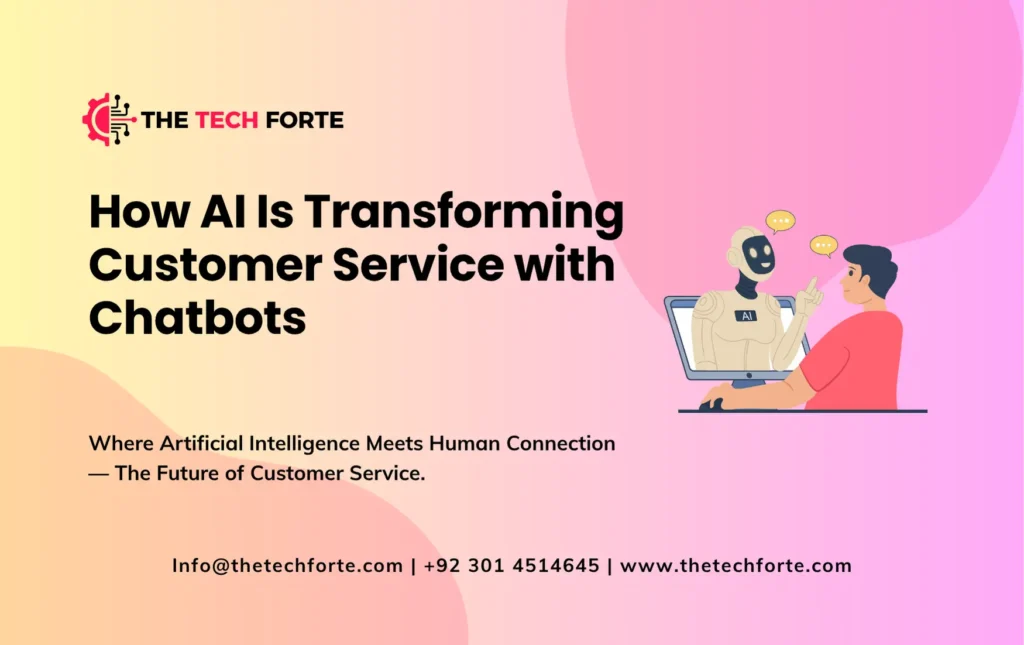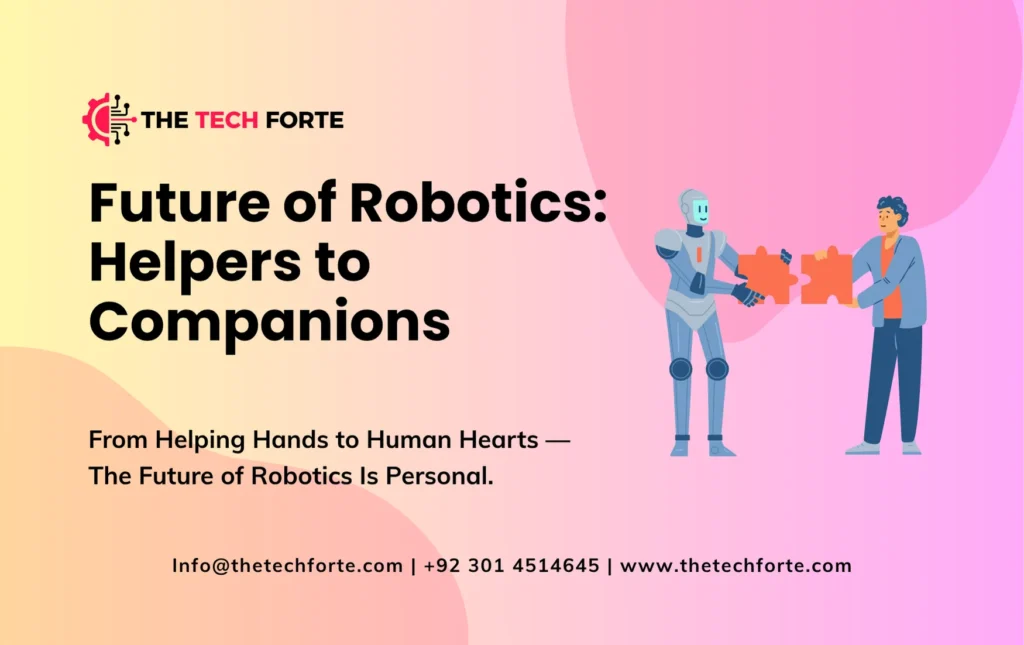The Future of Robotics: From Helpers to Companions

The future of robotics is unfolding faster than we ever imagined. In 2025 and beyond, robots are no longer limited to performing repetitive industrial tasks or basic household chores—they’re evolving into human companion robots capable of emotion, empathy, and meaningful interaction. As artificial intelligence robots merge with advanced sensors, emotional intelligence, and machine learning, the boundary between robots and humans is steadily fading.
This new era of robotics in 2025 marks a shift from functionality to connection. Robots are becoming companions, caregivers, and collaborators, fundamentally transforming how we live, work, and relate to technology. Let’s explore how this incredible journey—from mechanical helpers to emotional partners—is reshaping the robotics technology future.
Read More: The Future of Artificial Intelligence: What’s Next Beyond 2025?
The Evolution of Robots: From Tools to Trusted Companions
The evolution of robots has been remarkable. What began as mechanical arms assembling car parts has transformed into intelligent entities capable of learning, adapting, and communicating. Early robots were built to increase efficiency; modern ones are designed to enhance human experience.
By 2025, robotics will have evolved beyond mere automation. Today’s AI and robotics systems integrate natural language processing, facial recognition, and emotion analysis—allowing them to understand human needs more deeply. This shift signals a future where robots and humans coexist as collaborators, partners, and even friends.
The journey from metallic helpers to empathetic companions highlights one truth: robotics isn’t replacing humanity—it’s redefining it.
Robotics in 2025: A Year of Intelligent Transformation
Robotics in 2025 represents a turning point in technological innovation. Robots are no longer confined to laboratories or manufacturing floors—they are entering homes, hospitals, classrooms, and public spaces.
Key advancements in robotics innovations 2025 include:
- Integration of machine learning in robotics, enabling faster self-improvement.
- Use of autonomous robots in logistics, security, and healthcare.
- The rise of social robots that communicate through natural gestures and speech.
- Emergence of AI-driven humanoid robots that can assist in education and elderly care.
This wave of progress is driving the robotics technology future, where machines are not just intelligent—they’re emotionally aware and socially adaptive.
The Rise of Social and Emotional Robots
One of the most profound developments in the future of robotics is the rise of social and emotional robots—machines built to understand, respond to, and engage with human emotions.
Unlike traditional robots that simply execute commands, emotional robots analyze tone, expression, and behavior to tailor their responses. Examples include ElliQ, an AI companion for seniors that offers conversation and reminders, and Pepper, a humanoid robot designed to read emotions.
These next-generation robots bridge the emotional gap between humans and machines, offering comfort and companionship in ways once thought impossible. The future will likely see more AI companions designed to support mental health, learning, and daily living.
AI and Robotics: The Brain and Body of Tomorrow
At the core of this revolution lies the fusion of AI and robotics—the brain and body that power intelligent machines. Artificial intelligence gives robots the ability to perceive, reason, and act autonomously, while robotics provides the physical form to interact with the real world.
Artificial intelligence robots in 2025 use deep learning algorithms to make split-second decisions, recognize patterns, and even anticipate user needs. This synergy enables robot assistants to cook meals, remind users of appointments, and adapt to personal routines.
As machine learning in robotics advances, we’ll see robots that can not only execute commands but also learn from their environments, offering smarter and more intuitive interactions every day.
Humanoid Robots: Mirroring the Human Experience
The dream of creating humanoid robots—machines that look, move, and act like humans—is rapidly becoming a reality. In 2025, companies like Boston Dynamics, Tesla, and Engineered Arts are unveiling robots that can walk, talk, and mimic facial expressions with uncanny realism.
These next-generation robots are being developed to perform complex social and physical tasks, from customer service and entertainment to caregiving and education. Their design reflects humanity’s desire to see technology in its own image—familiar, relatable, and emotionally engaging.
Humanoid robots will play a central role in the future of AI companions, redefining what it means to interact with machines on a human level.
Domestic Robots and Personal Assistants: The Future of Home Life
Imagine coming home to an intelligent home robot that not only cleans your house but greets you by name, senses your mood, and prepares your favorite meal. That’s the reality of domestic robots in 2025.
Personal robot assistants are becoming increasingly capable, integrating with smart home systems to handle everything from groceries to security. With advances in robotics and automation, these helpers are evolving into companions that understand and adapt to your lifestyle.
In the near future, robots will not only assist in chores—they’ll become trusted members of the household, offering both convenience and emotional connection.
Robotics Industry Trends: Where Innovation Meets Humanity
The robotics industry trends in 2025 reflect a growing focus on human-centered design. Instead of viewing robots purely as labor-saving devices, companies are developing emotionally intelligent systems that complement human life.
Current trends include:
- Expansion of autonomous robots in logistics and healthcare.
- Rapid development of emotional robots for therapy and education.
- Growing investment in ethical concerns in robotics to ensure safe coexistence.
- Collaboration between humans and robots in creative industries.
These trends show that the robotics technology future is not about domination—but about collaboration and empathy.
Read More: Smart Homes of 2030: Living with Fully Automated Systems
How Robots Will Change Human Life
The question isn’t if robots will change human life—it’s how deeply. From classrooms to hospitals, robots and humans are forming new partnerships that enhance quality of life.
Benefits of robotics in daily life include:
- Assistance for the elderly and disabled through robot assistants.
- Increased workplace safety with autonomous robots performing hazardous tasks.
- Improved emotional well-being through AI companions that offer company and support.
- Efficiency and personalization across homes, offices, and industries.
In essence, robots are evolving into allies that empower humans to focus on creativity, relationships, and innovation.
Ethical Concerns in Robotics: Balancing Innovation with Integrity
With the rise of emotional and human companion robots, new ethical questions emerge. Should robots have emotional rights? How do we ensure they respect privacy and human dignity?
Ethical concerns in robotics include:
- The potential emotional dependency on AI companions.
- Ensuring data privacy and user safety.
- Avoiding social isolation caused by overreliance on technology.
- Defining moral boundaries for autonomous decision-making.
As we move deeper into the future of robotics, balancing innovation with ethics will be crucial to ensuring that robots enhance humanity—rather than replace it.
Impact of Robotics on Society: Redefining Human Roles
The impact of robotics on society extends far beyond convenience. Robots are changing the nature of work, education, and interpersonal relationships. While automation may replace certain repetitive jobs, it also creates opportunities in robotics engineering, AI development, and human-robot interaction design.
Socially, robots and humans are entering a new relationship dynamic—one based on companionship, assistance, and shared intelligence. The rise of AI and robotics is fostering a society where machines handle mechanical tasks, allowing humans to pursue emotional and creative growth.
The Future of AI Companions: Emotional Intelligence Redefined
The future of AI companions goes beyond functionality—it’s about emotional connection. These human companion robots are designed to recognize feelings, respond empathetically, and even provide mental health support.
In Japan, robotic pets are already helping the elderly overcome loneliness. In the U.S., startups are building AI companions that serve as virtual friends and therapists. Such advancements demonstrate how robots and humans are forming emotional bonds once limited to interpersonal relationships.
By 2030, AI companions could become an integral part of family life, reminding us that emotional intelligence is not exclusive to human beings.
Robotics and Human Interaction: A New Kind of Relationship
As robotics and human interaction deepen, a new social norm is emerging—one that blends empathy, utility, and understanding. Whether in education, healthcare, or daily companionship, robots are learning to communicate not just with words, but with empathy.
This humanization of robotics allows people to trust and connect with machines in meaningful ways. The line between helper and friend is blurring, signaling that the future of robotics is as emotional as it is technological.
FAQs About the Future of Robotics
Will robots become companions in the future?
Yes. The future of robotics includes emotional and human companion robots designed to offer comfort, empathy, and social interaction—especially for the elderly and isolated individuals.
How will AI improve future robotics?
AI will enhance robot learning, adaptability, and emotional intelligence. Through machine learning in robotics, robots will better understand human behavior and predict needs more accurately.
What are the ethical concerns in robotics?
Ethical challenges include privacy issues, emotional dependence, and moral decision-making in autonomous robots. Balancing human welfare with technological advancement is key.
How will robotics impact human jobs?
While automation will replace repetitive work, it will also create new roles in robotics maintenance, AI programming, and robot-human collaboration.
Can emotional robots feel genuine emotions?
Not in the human sense, but emotional robots simulate empathy and compassion through advanced data interpretation, enabling them to provide comforting and context-aware responses.
Conclusion: The Future of Robotics—From Helpers to Companions
The future of robotics is no longer about building better tools—it’s about creating better relationships. As robots and humans grow closer, the world is witnessing a profound transformation from functional machines to emotional companions.
Through AI and robotics, humanity is crafting a future where technology doesn’t replace us—it reflects us. The robotics technology future is one where empathy meets innovation, and robots evolve from mechanical helpers into trusted partners in daily life.
In this new age, human companion robots will not only assist but also understand—proving that the ultimate goal of technology is connection.







